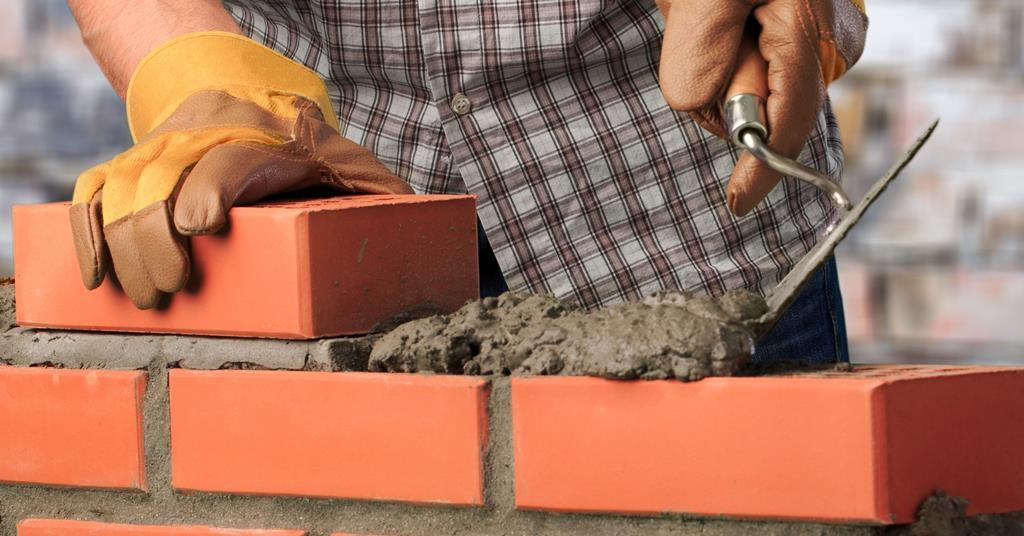If you want to hire a bricklayer, you need to know the number of bricks he can lay in a day/hour. However, all these depend on the type of brickwork you need. Straight walls are quick to work on than bespoke work. The height to be built also comes into play and can be limited by the weather condition. Besides, the rate is different on the type of work and how fast the wall dries up. There are many variables to consider other than the agreed costs. Ensuring you have a quality brick supplier and a bricklayer’s support team and have a role too in how fast they  get to do the work.
get to do the work.
Variables to consider
The size and design of the brick determine the speed of the bricklayer. Moreover, the working conditions can hinder or boost the working rate. Here are the factors that determine the speed of a bricklayer.
Weather
Cold weather can affect how far the bricklayer gets. Assuming it is a good long day, he can lay up to 1000 bricks. Nonetheless, he can manage to do this with a quick team. The bricklayer is as good as his labourers as he needs them to do the brick supply and mix the mortar. Also, the walls get to dry up as he proceeds up.
Engineering bricks don’t absorb moisture. Therefore, they take a lot of time to lay as their weight can deform a wall. This makes the cold season a hard time to do good work. Also, they can’t lay bricks on rainy days. This affects the amount of work done.
Type of wall
They can do a straight wall with no face bricks and wall ties in a day with at least 1200bricks. However, these kinds of walls are rare as most walls have corners. It can take quite some time to get a corner right, especially when he is the only experienced bricklayer.
High walls mean obvious face bricks. Doing that work is hard and a bit slower as the bricklayer needs accuracy. Furthermore, the bonds available need cuts. There is a different working time depending on whether he should weather point or rake out the joints. These are some wall constraints that can slow down a bricklayer.
Payment
This goes as far as paying the bricklayer per brick. However, it is not that recommendable. A bricklayer can do shoddy work to get high pay. Some walls are complex or of ultra-high detail and require focus and proper laying. You have to agree on an achievable target that meets the building requirements. Besides, you can add a labourer to ensure the work was not rushed but of good quality.
The cost also depends on the amount and type of work to be done in the project. Complex jobs require high pay. Go for experienced bricklayers.
Labour
The bricklayer’s team determines how far he gets. On a perfect long day, that is about 8 working hours, a bricklayer can lay over 1600 bricks with everything constant. Although, this means there were no corners or windows or doors to build in and he had a fast team. Remember, you need a good bricklayer to have excellent work.
Site conditions
The working site also contributes to a bricklayer’s output. If the work is at a rocky area or landslide known area, they may be slower as they need to ascertain their job.
Time
In the UK, a working day averagely is 6.5 hours. Bricklaying is a tough job. The more openings, the lower the number of bricks laid. With good help, he can lay up to 1000 bricks, that is if it is brickwork only. If he has to let the mortar set up, that may lower what he can do in a day.
A skilled bricklayer always measures the output he can deliver in a day from the type of work at hand. In the UK, a bricklayer with zero support team can lay 250bricks in a day. This is with all withheld risks like bad weather.
Wrap up
The amount of bricks a bricklayer can lay in a day depends on what he is building. Some courses need time to dry and this means he does less work. In addition to that, engineering bricks need time to dry up before setting up another course. This means he will lay only the needed bricks without considering what he will achieve.
How high a wall goes greatly depends on how many bricks a bricklayer lays. On a perfect day, with every factor withstanding, he can lay at least four courses.
Has worked for many Internet marketing companies over the years, and has contributed to many online publications. If there is a story, he will find it.